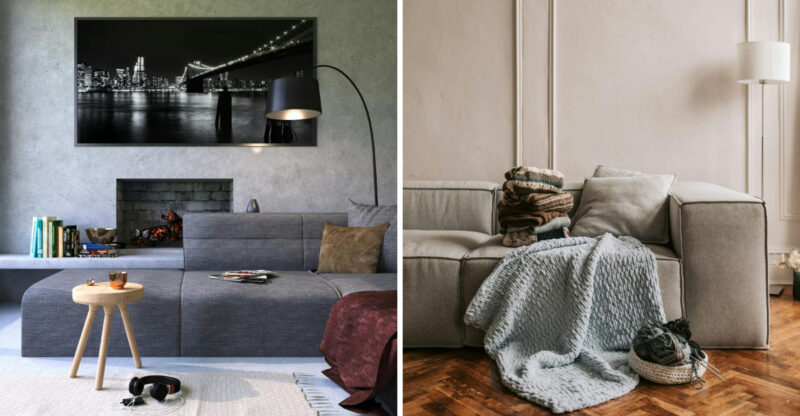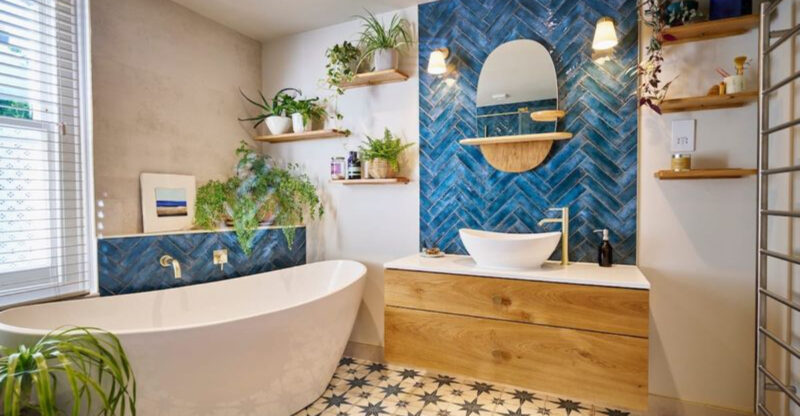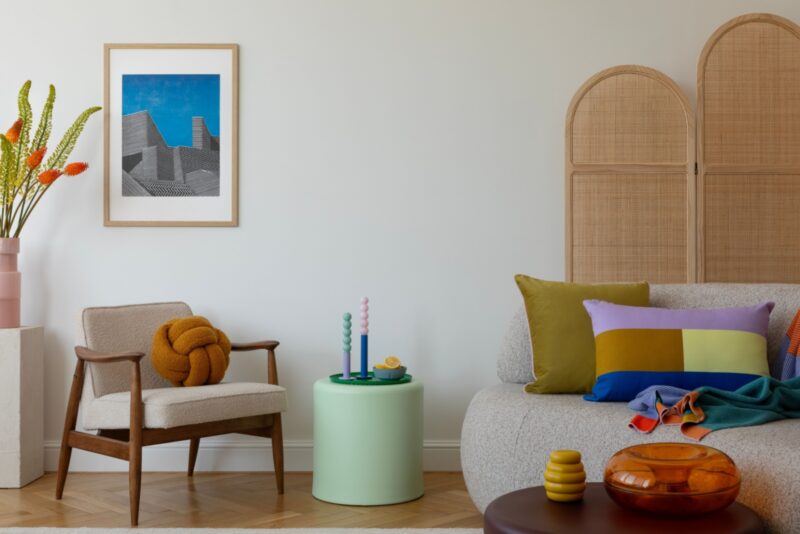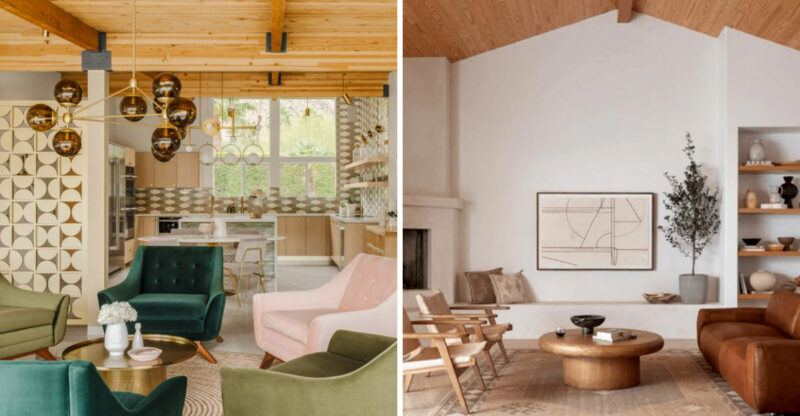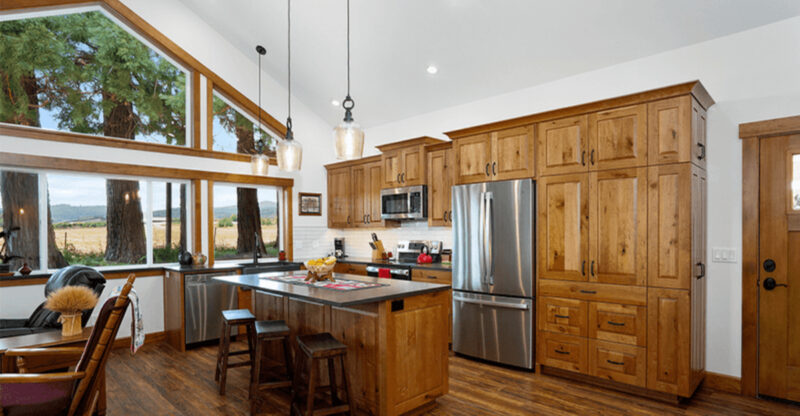7 Key Guidelines To Keep In Mind When Decorating Your Home

Ever start decorating a room only to realize halfway through that things don’t quite feel pulled together? Creating a home that feels stylish and comfortable isn’t just about picking pieces you like, it’s about knowing how to make them work together.
With a few simple guidelines, you can bring harmony, balance, and personality into every corner of your home. In this article, we’ll walk through key decorating principles to keep in mind as you design spaces you truly love.
These guidelines are general and should be adapted to your personal style, budget, and home layout.
1. Follow The 60-30-10 Color Rule For Balance
Think of your room as a well-dressed person. The 60-30-10 rule works like a perfectly coordinated outfit! Your dominant color (60%) forms the backdrop, walls and large furniture pieces. Secondary colors (30%) appear in rugs, accent chairs, or drapery.
The final 10% brings personality through accessories like pillows and artwork. This formula creates instant harmony without overthinking.
Many homeowners struggle with color selection because they don’t have this simple framework to guide their choices.
2. Leave Enough Space For Traffic Flow
Where people walk matters more than where furniture sits! Allow at least 30-36 inches for main pathways through rooms. Nothing ruins a beautiful space faster than constantly bumping into furniture or squeezing past obstacles.
The flow of your home should feel natural and intuitive. I’ve seen countless gorgeous rooms that function terribly because traffic patterns were ignored.
Before finalizing furniture placement, walk through your space imagining daily routines, carrying groceries, moving between rooms, or hosting friends.
3. Measure Twice, Buy Once
If I had a dollar for every client who bought furniture that didn’t fit their space, I’d own a mansion! Nothing wastes money faster than impulse purchases based on guesswork. Always measure your rooms, doorways, stairwells, and elevators before buying.
Create a simple floor plan on graph paper or use a free online tool. The extra fifteen minutes spent measuring can save hundreds or thousands in return shipping or restocking fees.
This rule applies to everything from sofas to artwork, know your dimensions and stick to them.
4. Mix Materials And Textures For Depth
Rooms fall flat when everything matches too perfectly. Combining different textures creates visual interest that draws the eye around the space. Pair rough with smooth, matte with glossy, and natural with manufactured.
Though it might seem counterintuitive, mixing leather, wood, metal, glass, and textiles creates harmony through contrast. The texture rule prevents the dreaded “furniture showroom” look where everything appears purchased as a set.
Your home should tell your unique story through thoughtfully combined elements that have meaning.
5. Invest In Timeless, Quality Pieces You Love
Are you chasing trends or building a home that lasts? Quality furniture outlives trendy pieces both physically and stylistically. The sofa with a solid hardwood frame might cost twice as much but will serve you three times longer.
This doesn’t mean everything must be expensive. Focus your budget on anchor pieces, sofas, beds, dining tables, that see daily use.
The “cost per use” calculation makes quality investments logical, not luxurious. Select classic silhouettes in neutral colors for big pieces, then express trends through less expensive accessories that can change with your tastes.
6. Layer Lighting From Multiple Sources
Relying on a single ceiling fixture is like wearing a spotlight to dinner, unflattering and uncomfortable! Professional spaces use three lighting types: ambient (overall illumination), task (for reading or cooking), and accent (highlighting architectural features or art).
How you position these matters tremendously. Ambient lighting should be diffused and even. Task lighting should be positioned to eliminate shadows.
Accent lighting creates drama when aimed at walls or objects. This layered approach transforms spaces from flat to dimensional while adapting to different needs throughout the day.
7. Balance Proportion And Scale In Every Room
Did you know oversized furniture can make large rooms feel smaller while tiny furniture makes spaces feel empty and awkward? Scale refers to how objects relate to the room, while proportion addresses how items relate to each other.
Furniture should occupy about 60% of available floor space, leaving 40% open. Heights should vary within groupings, some tall elements, some medium, some low.
This creates visual rhythm that feels intentional rather than chaotic. Many homeowners struggle because they choose pieces individually without considering how they’ll work together.

